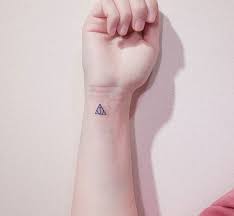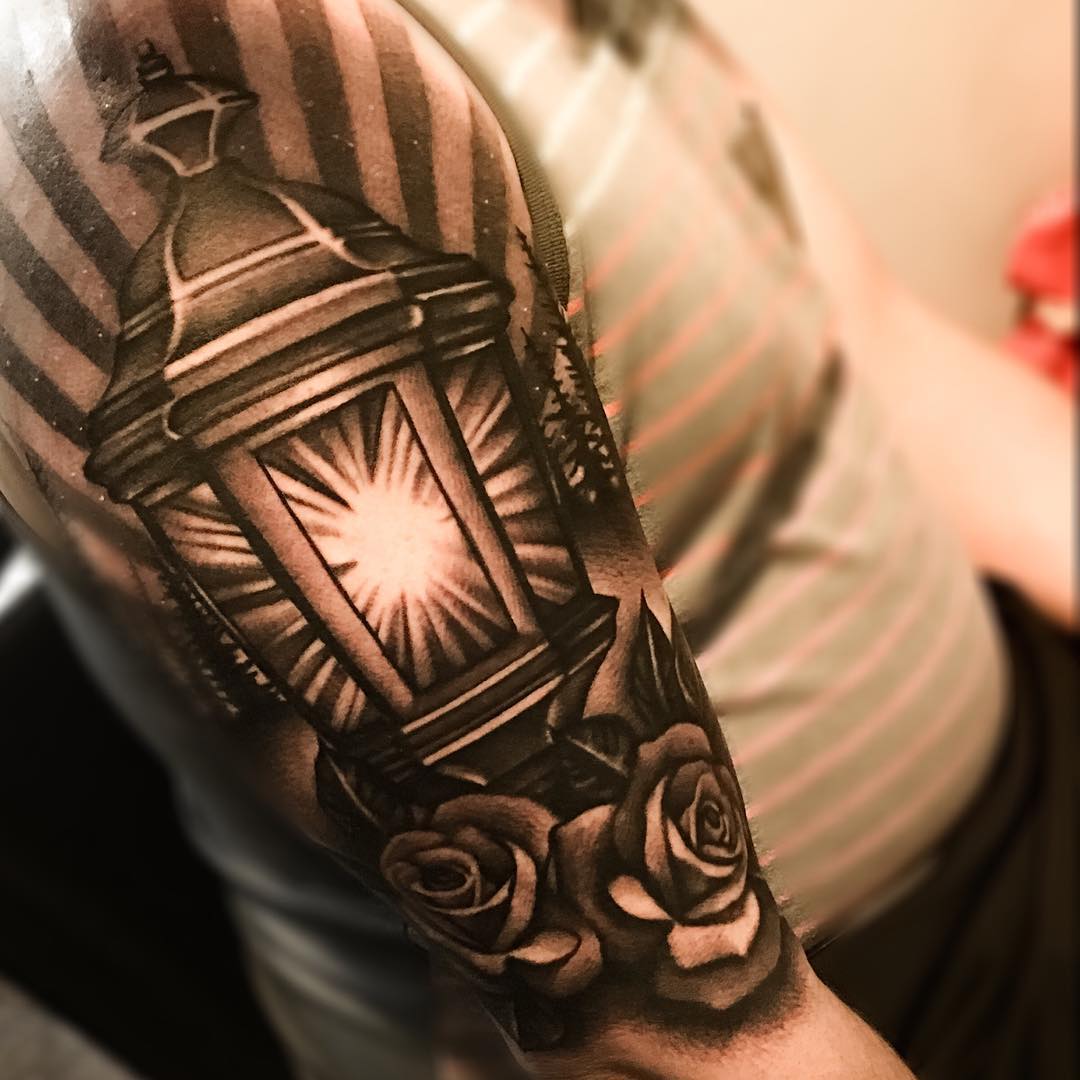
Historically, Inuit women would get facial markings as a symbol of womanhood and coming of age, but after missionaries banned them, these traditions nearly disappeared altogether.
Eskimo Female Chin Tattoos
Eskimo female chin Tattoos were traditionally an artistic form with significant cultural meaning, symbolizing waves, birds, flowers, and geometric shapes to express spiritual beliefs, values, family ancestry, and heritage.
Symbolism
Tattoos represent essential rites of passage and serve as a tangible link to cultural identity for Inuit peoples. Before Christian missionaries banned Indigenous practices, it was easy to tell which clan and family someone belonged to by looking at their tattoos.
Aesthetics
Arctic women have traditionally used kakiniit to mark rites of passage and for medicinal use for millennia, as well as to commemorate critical moments like birth or marriage. This practice has recently returned thanks to people like Sharpe and an increasing number of supermodels.
Origins
Tattooing was an essential symbol of status and an expression of spiritual connection in Inuit cultures, often placed at milestones such as adolescence or adulthood. Women’s chin Tattoos were traditionally employed during funerary ceremonies to differentiate them from men in the afterlife. Today in Alaska, many are working to bring back this practice of traditional markings and rediscover their significance. Nordlum and Jacobsen recently hosted their inaugural workshop for local high schoolers, providing a light explanation and live tattooing demonstration.

